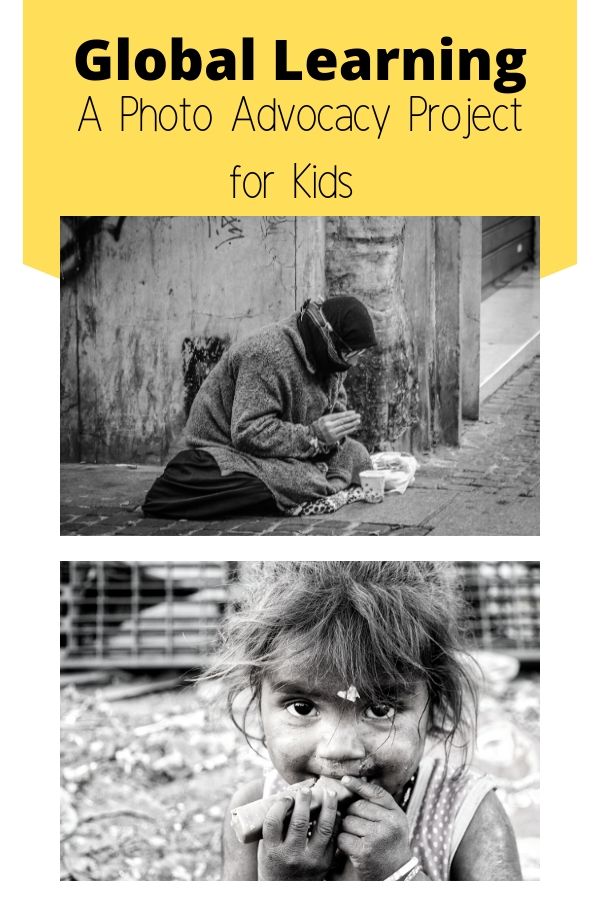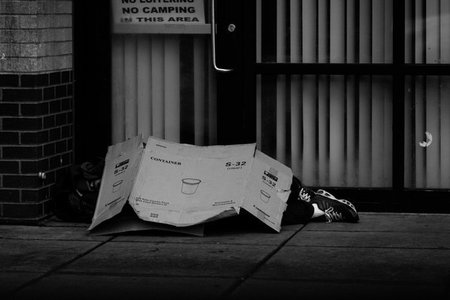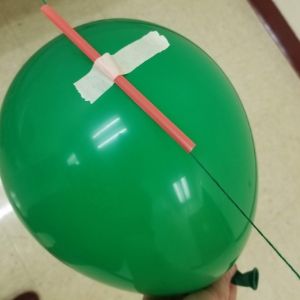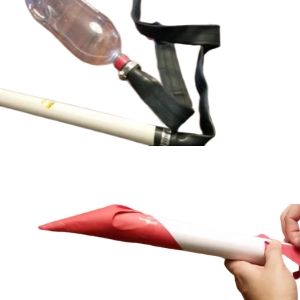Get kids thinking about issues in our world and on our planet with this global learning activity. Kids will create a display to spread awareness about a global issue with this global awareness photo advocacy project.
Note: This activity is for kids ages 9+. It can bring up issues not suitable to young children.

Supplies for Photo Advocacy Project
- Computer
- magazines
- newspaper
- Internet
An introduction to Global Issues
Before starting this project introduce kids to world issues through books about global issues. Three of my favorites are:
- Little Things make Big Differences; A Story About Malaria about illness and medical resources
- One Plastic Bag about the effects of litter and pollution
- Maddi’s Fridge about homelessness and hunger.
All of these books are made for children and approach global issues in a way kids can understand. After you read a few books to the kids and they have exposure to some global issues ask them to pick a world issue they feel strongly about.
How to Run this Global Awareness Activity
Have kids think about an issue in the world, you can use the three issues discussed in the books, illness, pollution or homelessness. You can also have them select their own issue they feel passionate about. Once they have an issue in mind ask them to find 10 photos that represent this issue. They can use pictures they find in newspaper, magazines and websites dedicated to the cause. Make it clear to the kids you are not asking them to solve anything or come up with a solution to a world problem, but to bring awareness to world issues.
Give the children an opportunity to present their project to other students, adults, or parents. They can do this through a power point, a display board or a speech. You can host a quick global awareness night where children can present these issues to parents and fellow students.
Why this is so powerful
While this activity is great for kids to look deeper into issues that affect the world, it is most likely the first time they have been asked to be an advocate for the people. Explain to them the importance of standing up for those who can not stand up for themselves.








